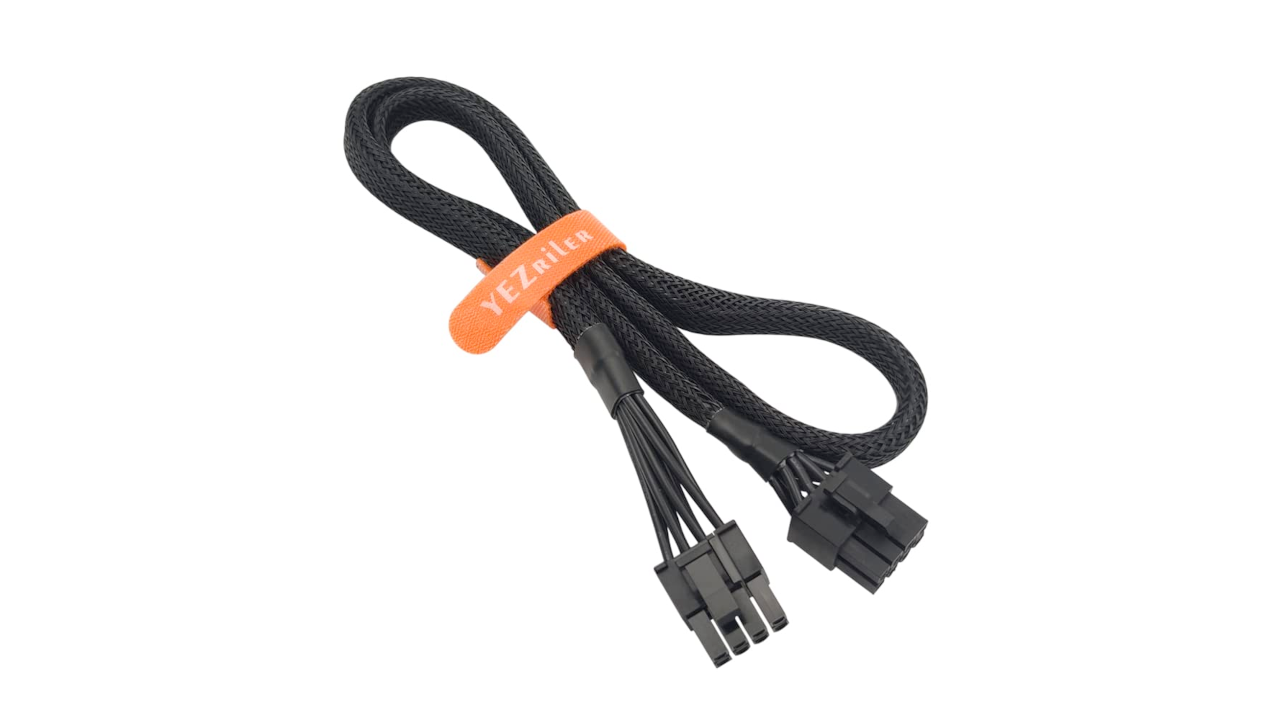
Optimizing Your CPU Power: A Guide to Stability and Performance 🚀
When it comes to building or upgrading your gaming PC, you may have noticed that some motherboards feature two CPU power connectors. But do you really need to populate both of them? Let’s dive in and find out! 🎉
Well, these additional power ports are designed to improve system stability and increase power delivery on the CPU, especially for high-end CPUs like those found in gaming PCs. These powerful processors can require up to 253 watts of power under full load, which is a significant amount! 💥
What’s a High-End Power Supply? 🤔
Normally, when you’re using high-end CPUs like these, you’ll want to use a high-end power supply that comes with two power ports on the back, just like this one. These ports are designed specifically for CPU power delivery and can handle up to 384 watts of power! 💪
Some power supplies may feature mixed connectors, such as PCIe and CPU, but if you’re using a GPU, you’ll only be able to populate one of these ports, making it suitable for low-end systems. 📊
One vs. Two CPU Power Connectors: What You Need to Know
In most cases, you can get away with using just one of these connectors. However, if your power supply supports it and your motherboard supports it, why not use it for better stability and performance? 💥
Remember, the power connector only draws the power that it needs, so you won’t be wasting any energy! 💡
4-Pin vs. 8-Pin CPU Power Connectors: Which One Should You Use?
A 4-pin connector can handle up to 192 watts of power, while an 8-pin connector can handle up to 384 watts. These connectors ensure your CPU receives the power it needs to perform at its best! 🚀
Key Specifications of CPU Power Connectors for Gaming PCs 📊
| Connector Type | Power Delivery (Watts) |
|---|---|
| 4-pin | 192 |
| 8-pin | 384 |
Final Thoughts: Maximizing Your CPU Power for Gaming Performance 🎉
In conclusion, using two CPU power connectors can improve system stability and increase power delivery on high-end CPUs. While you may not need to populate both connectors in all cases, it’s always a good idea to use the right equipment for your build or upgrade. With this guide, you’re well on your way to optimizing your CPU power for better performance! Buy on Amazon
Power Up Your PC Knowledge: GPU Cable FAQs with Emojis!
Can I use an 8-pin cable for my GPU?
Absolutely! An 8-pin PCIe cable is the recommended power connector for most modern graphics cards It delivers the stable juice ⚡ your GPU needs for peak performance .
Is it okay to use a 6-pin on an 8-pin GPU?
Technically, some lower-powered GPUs might come with an 8-pin connector that can also function with a 6-pin cable ♂️. But it’s not ideal. Here’s why:
Power Limitation: A 6-pin cable supplies less power than an 8-pin. This could lead to instability or limit your GPU’s performance . Safety Risk: Using a 6-pin on an 8-pin slot might put extra strain on the connection , potentially damaging your GPU .
*### What’s the difference between a 6-pin and 8-pin GPU cable?**
Both cables connect your power supply to your graphics card, but the key difference is the number of pins:
6-pin: Provides less power , suitable for older or less demanding GPUs . 8-pin: Delivers more power , ideal for modern, high-performance graphics cards .
What is an 8-pin cable?
An 8-pin PCIe cable is a type of power connector specifically designed for graphics cards . It has 8 pins , allowing it to deliver more stable and powerful currents ⚡ to support the demanding graphics processing of modern games and applications .
Remember: For optimal performance and safety, always use the recommended power cable for your GPU. If you’re unsure, consult your GPU’s manual or manufacturer’s website .